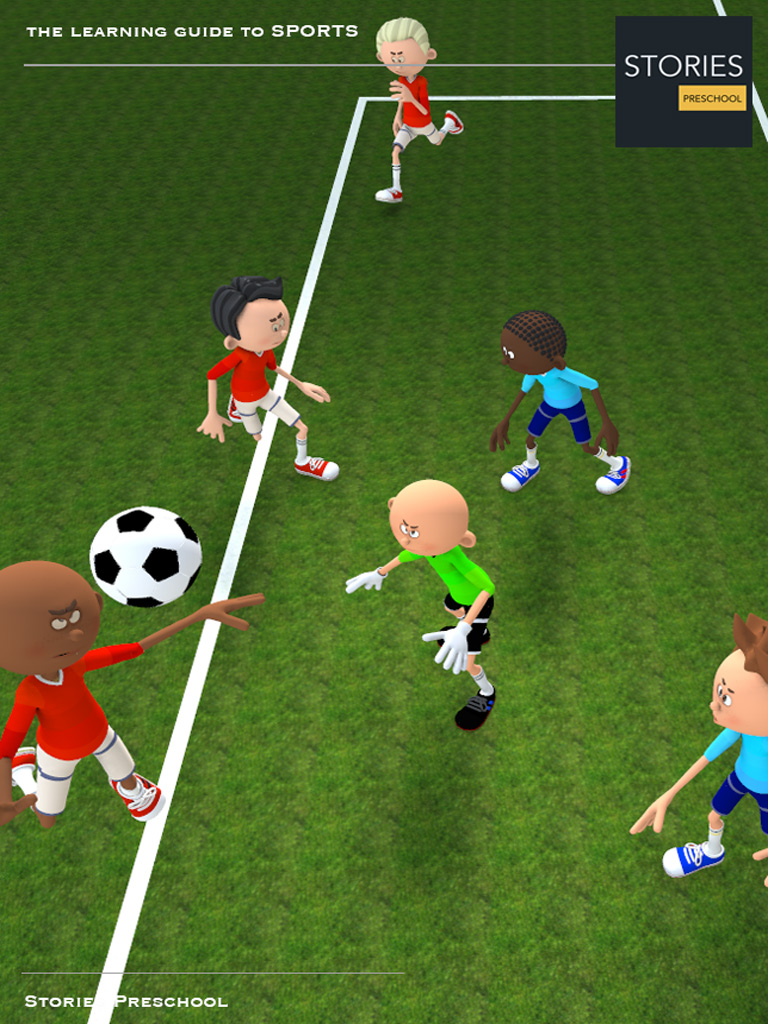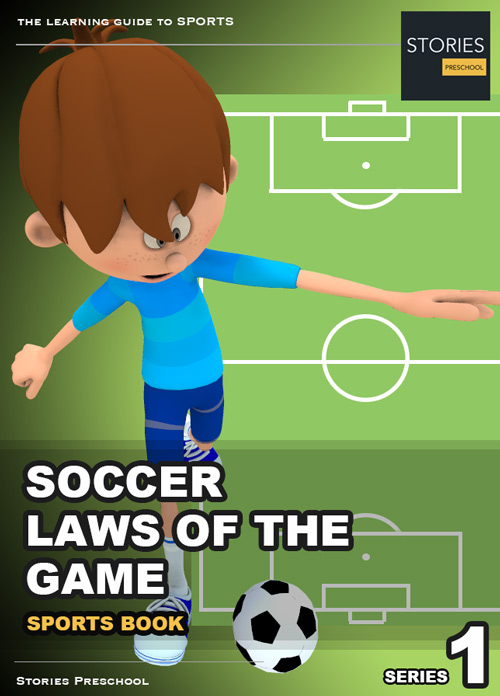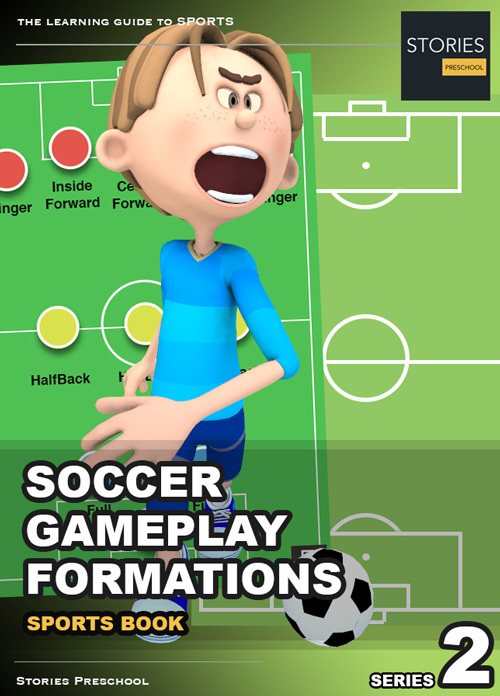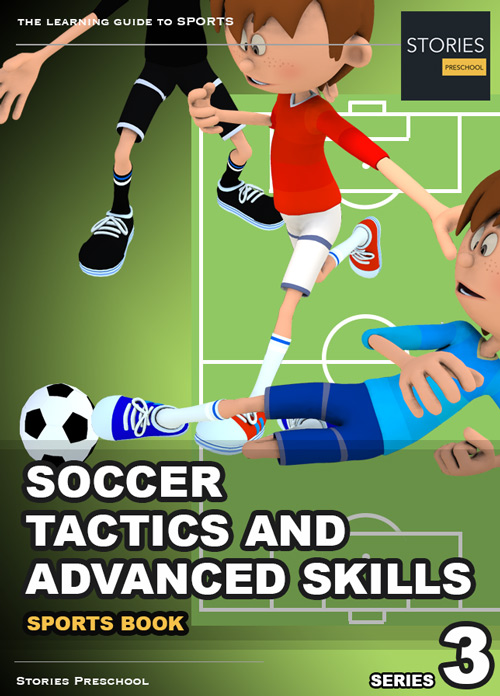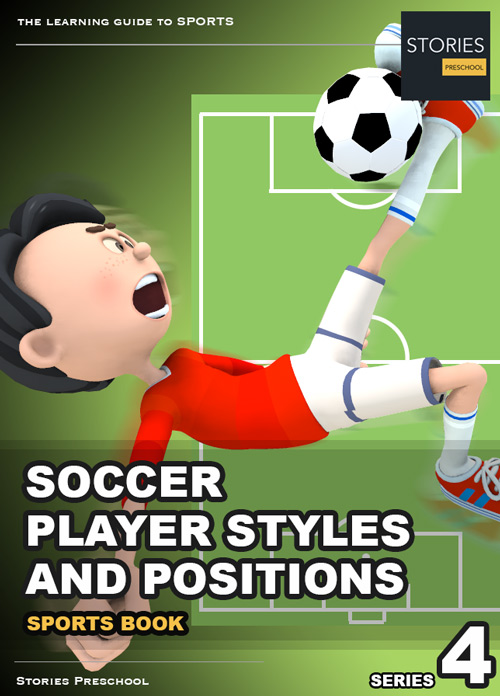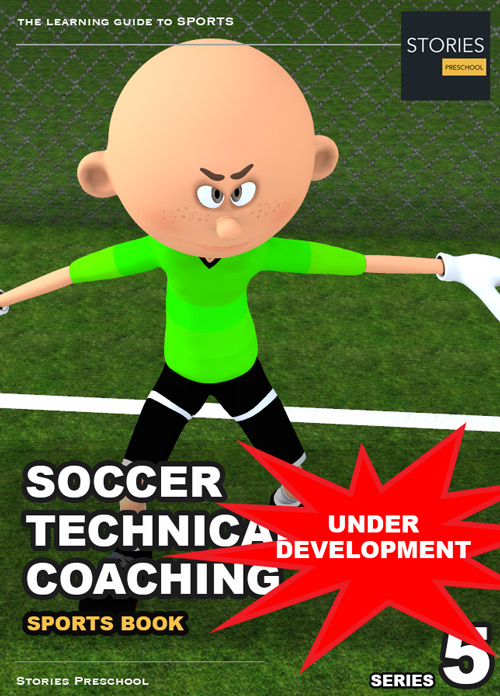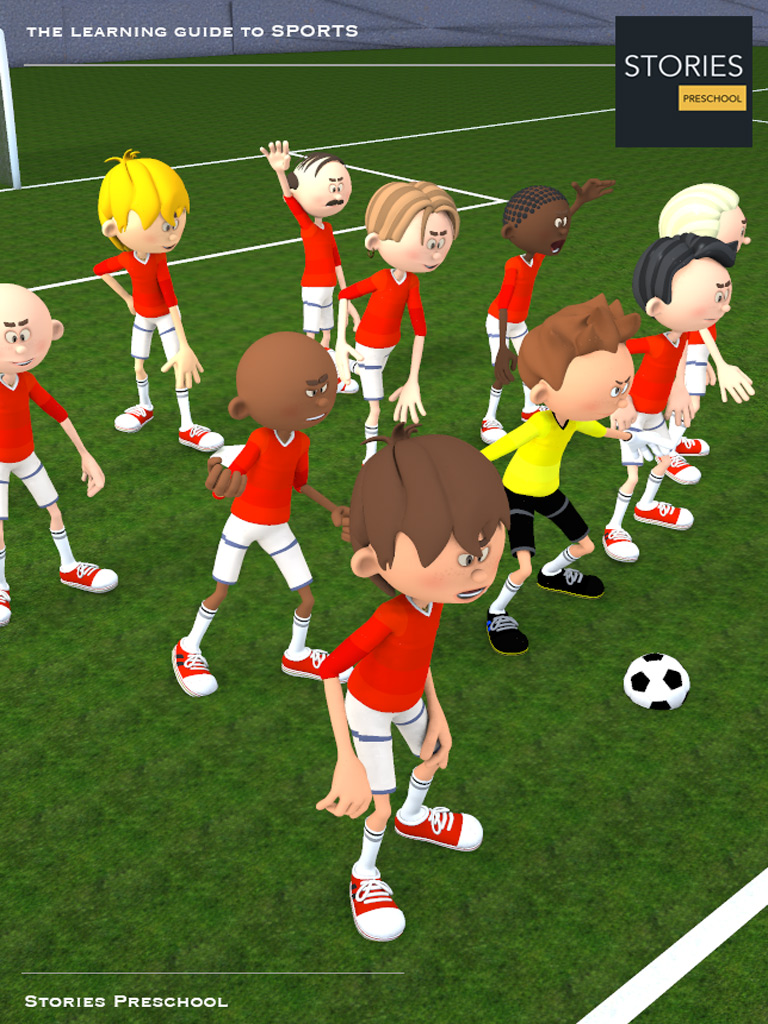Soccer
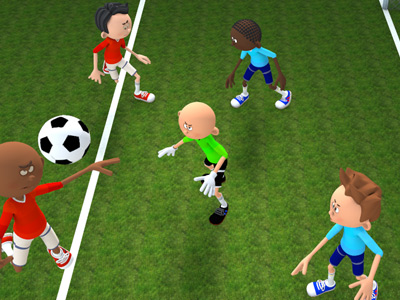
Combined team play using width and depth: Brazil vs Italy, 1970 Final
Beating a defence using width and depth. Astute use of the principles of width and depth led to the final goal of the 1970 World Cup, considered by many to be the best combined team effort in Cup history. Almost all the players of Brazil touched the ball in this effort that penetrated one of the tightest defenses ever seen, the famous Italian catenaccio "padlock" defense. The Italians used four defenders, plus a sweeper, Pierluigi Cera, behind the "back four." They relied on a counter-attacking game, deploying three midfielders and two strikers, and closely marked opponents man to man.
This tight system however involved a "collapsing" approach that while packing the Italian penalty area and denying the Brazilian forwards much space, left relatively large gaps in midfield. See "Standing Off" defensive discussion above. Brazil's superb skills exploited this weakness, showing especially that any defence (whether man to man, zone or other variants) can be beaten using the principles of both width and depth. The weakness of the man to man system was also exposed. Italian left back Giacinto Facchetti dedicated himself to winger Jairzinho, shadowing him tightly wherever he went. Jairzinho cunningly moved off the right flank, opening gaps for others to follow as can be seen below.
Italian defence pulled left in quick sequence. Brazilian midfielder Clodoaldo began the move with a weaving dribble out to the left flank, that beat three men and essentially pulled the Italian defense in that direction. A fatal gap was thus eventually opened up for the run of fullback Carlos Alberto Torres on the right. Clodoaldo eased the ball to the Rivelino moving up on the left. Rivellino quickly played the ball forward to Jairzinho, who crossed the field to appear on the left flank.
Movement in center "freezes" Italian defense. Almost without pause the powerful Jairzinho began a weaving run. Facchetti played Jairzinho well, backing off the ball, and squeezing him inside where it was more crowded. Good defenders will "channel" an attacker into areas with less space. So far, all seemed safe for Italy. Facchetti covered well, as did the other Italian defenders. There were two extra men as insurance in the back as Jairzinho began his run. Depth is also a principle of defense, and the sweeper system (or other arrangements) provides such.
As Jairzinho accelerated, the ever dangerous striker Tostão began a sprint up the middle, drawing his defender with him, diverting the Italian defense and making more room for Jairzinho. Younger players should note the movement off the ball by Brazil. Increasingly squeezed inside, Jairzinho's run nevertheless drew the defense to him and he eased the ball to Pelé in the centre. Always dangerous, Pelé paused and shaped to make a dribble.
Overlapping defender exploits principle of depth to cap the move. For the Italian defense, there was still no cause for undue alarm. Pelé seemed well covered, and there was still the sweeper at the back as insurance behind the defense. Nevertheless, Pelé's feint, combined with the previous moves, kept Italian focus frozen in the middle, attracting the attention of three men, and he casually slipped the ball right- to Carlos Alberto who was thundering up from the rear, totally unmarked.
Pele played the ball well ahead of Alberto, using space intelligently, so that the fast fullback ran on and shot without pausing, in full stride, smashing the ball into the Italian net. So effective was Brazil's use of width, that no Italian defender is even within reasonable striking distance of Alberto until the last moment. The principle of width stretched and drew the Italian defense. The principle of depth—fresh men moving up from the rear—allowed Brazil to exploit the gaps created by width.
SPORTS
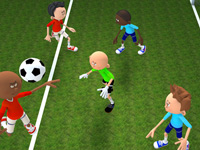
RESOURCES
This article uses material from the Wikipedia articles "Association football" and "Association football tactics and skills", which is released under the Creative Commons Attribution-Share-Alike License 3.0.
© Stories Preschool. All Rights Reserved.
